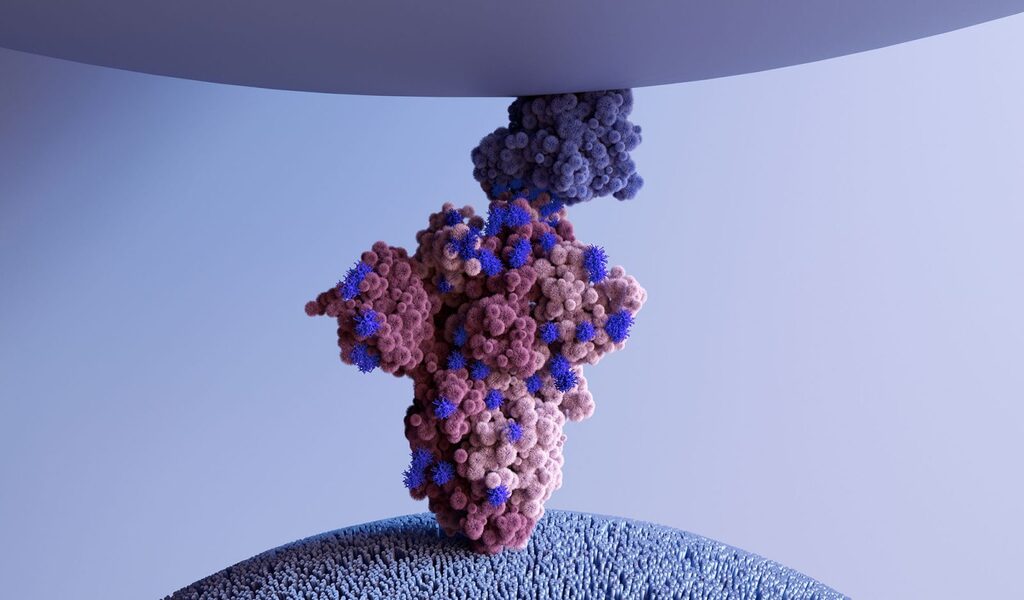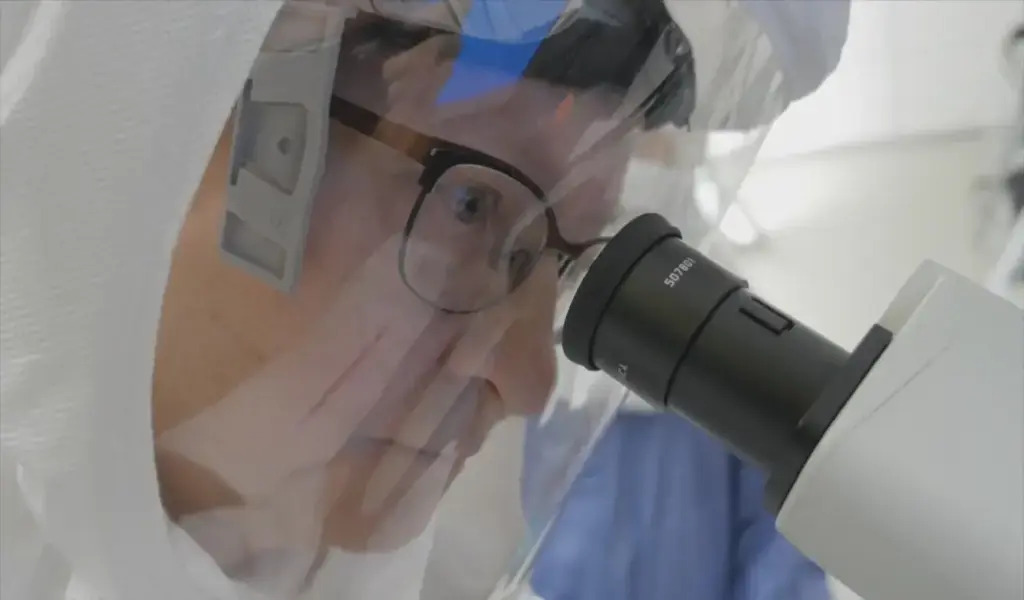Covid-19
Common Vulnerability: How COVID-19 And Influenza Viruses Depend On Human Proteins?

(CTN NEWS) – In a groundbreaking paper recently published in the journal Viruses, a research team from the University of California, Riverside, has unveiled a crucial discovery regarding the COVID-19 virus.
This discovery revolves around a protein within the virus known as N, which plays a pivotal role in facilitating the virus’s replication.
Surprisingly, this protein relies on human cells to carry out its functions, shedding light on a novel vulnerability that could pave the way for innovative antiviral treatments.
The Intricate World of Protein Modification
To comprehend this revelation, we must first delve into the intricate world of protein biology. Genetic instructions within our cells are transcribed from DNA to messenger RNA (mRNA) and subsequently translated into proteins.
These proteins are the workhorses of our bodies, responsible for various functions, including growth and communication between cells.
However, once translated, proteins often require additional modifications by enzymes, known as post-translational modifications, to ensure they are precisely tailored to carry out their designated tasks.
The Role of SUMOylation in COVID-19
The COVID-19 virus exploits a critical human post-translational modification process known as SUMOylation. This process guides the virus’s N protein to the correct location for packaging its genetic material after infecting human cells.
Once in this designated location, the N protein can initiate the production of copies of its genes within new infectious virus particles, thus perpetuating the infection and intensifying the illness.
Quanqing Zhang, co-author of this study and manager of the proteomics core laboratory at UC Riverside’s Institute for Integrative Genome Biology, elucidates, “In the wrong location, the virus cannot infect us.”
This highlights the precision with which the virus must manipulate human proteins to perpetuate its lifecycle.
The Power of Proteomics
Proteomics, the study of all the proteins an organism produces, their modifications by other enzymes, and their roles within a living organism, plays a pivotal role in uncovering such intricate interactions.
Zhang notes that “If someone gets an infection, maybe one of his or her proteins will appear differently than it was before. That’s what we’re looking for in our facility.”
Innovative Methodology Sheds Light
The research team at UC Riverside designed and executed experiments that illuminated the post-translational modifications of COVID-19 proteins.
They employed a fluorescent glow method to visualize where the virus interacts with human proteins, creating new infectious viral particles.
This technique offers a higher sensitivity level compared to other methods and provides a comprehensive view of the intricate interactions between human and viral proteins.
Commonalities with Influenza Viruses
Interestingly, the same research team had previously uncovered that both Influenza A and Influenza B viruses also rely on post-translational SUMOylation modifications for replication.
This parallel suggests that blocking access to these human proteins could empower our immune systems to combat these viruses effectively.
The Path to a New Class of Antiviral Medication
Presently, the most effective treatment for COVID-19 is Paxlovid, which inhibits virus replication but must be administered within three days following infection.
Jiayu Liao, a bioengineering professor at UC Riverside and corresponding author of the paper, asserts, “A new medication based on this discovery would be useful to patients at all stages of infection.”
This groundbreaking revelation opens the door to the development of antiviral medications that could potentially target a range of viruses, including COVID-19 and the influenza viruses.
A Promising Future
The striking similarities between the replication mechanisms of different viruses may pave the way for a new class of antiviral medications. With the right support, Jiayu Liao estimates that these medications could be developed within five years.
Liao optimistically envisions a future where not only COVID-19 but also other viruses like RSV and Ebola can be effectively blocked.
The research team is committed to making new discoveries that will bring this vision to fruition.
Conclusion
The recent discovery of COVID-19‘s dependence on human proteins for replication has opened a promising avenue for the development of antiviral medications.
By understanding the intricate interplay between the virus and host proteins, researchers are one step closer to a new class of treatments that could revolutionize our ability to combat a range of viral infections.
As we navigate the challenges posed by emerging infectious diseases, such discoveries offer hope for a healthier future.
RELATED CTN NEWS:
FDA Authorizes Single-Dose Covid ‘Booster’ As Flu Season Approaches: What You Need To Know
FDA Approves Updated COVID-19 Vaccines To Address Variants: Key Information And Recommendations
Fall Vaccination Update: New COVID-19 And RSV Vaccines Set To Tackle Triple Threat
































